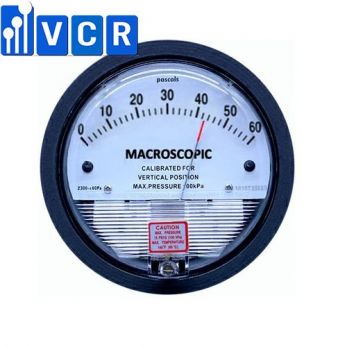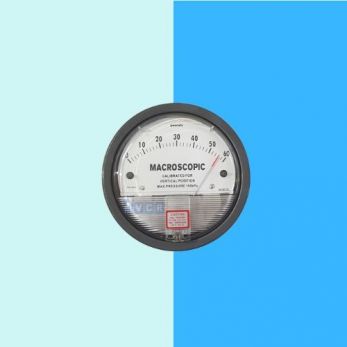9 aspects you should know about led light specification
Many customers are requesting led panel lights because of long lifespan and energy efficiency. This article will review 9 aspects you should know about led light specification to help customers understand the basics of LED light. 1. Wattage What is LED
Many customers are requesting led panel lights because of their long lifespan and energy efficiency. This article will review 9 aspects you should know about led light specification to help customers understand the basics of LED light.
1. Wattage
What is LED wattage?
The wattage of the LED light is the amount of energy consumed to produce an amount of light for one hour.
Wattage is also expressed for luminous flux as well as the level of illumination of the led in a given unit area.
Measurement unit
The symbol for wattage is W.
Meaning of wattage
- Thanks to wattage, it is possible to see the consumption and brightness of the led.
- Understanding the power consumption of LED lights, the user can calculate the cost of electricity when using lighting in a month.
- Users rely on the wattage to choose the right LED lights for the lighting area.
2. Luminous flux
What is luminous flux?
The luminous flux is a parameter to measure the amount of light emitted by the source. The luminous flux indicates the brightness of the light source, so theoretically, when buying lamps, including led lights, you should also pay attention to the luminous flux. The higher the flux, the brighter the light will be.
Measurement unit
Luminous flux measured in lumens (lm)
Meaning of luminous flux
The higher the luminous flux, the higher the brightness of the light.
3. Luminous efficiency
Luminous efficiency is a derived quantity that represents the light quality as well as the power-saving ability of the light source.
The luminous efficiency of LED is calculated as the ratio of luminous flux divided by the wattage of the lamp.
The measurement unit of luminous efficiency of LEDs is lumen/w (symbol: lm/w).
4. Luminous intensity
What is luminous intensity?
Luminous intensity measures the amount of light emitted in a particular direction.
A led with 1cd will emit 1lm over an area of 1m2 in one origin direction.
Measurement unit
Luminous intensity measured in candela (cd)
LEDs with a luminous intensity of 150 will be denoted as 150lm/m2.
Meaning of luminous intensity
Based on the luminous intensity, users choose the right LED light for the area to be illuminated.
5. Illuminance
What is illuminance?
Illuminance is a parameter that represents the luminous flux per unit area of the illuminating surface.
It can be roughly understood that illuminance is the amount of light falling on the surface. According to the inverse square law, when the illumination distance is doubled, the light density decreases by 25%..
The illuminance is called illuminance in English and denoted by Lux (Lx).
Measurement unit
The illuminance is lux, denoted by lx.
On LED lights, the illuminance is denoted as 1200 lx which means the lamp has an illuminance of 1200 lux.
Meaning of illuminance
- Illuminance determines how strong or weak light is perceived by humans.
- When the work area has reasonable illumination, it will help increase productivity and improve product quality.
- Appropriate illuminance does not dazzle the user.
6. IP Standard
What is IP?
IP standard is also known as the index showing the resistance of water, dirt and foreign objects to the LED lights.
Each led will have its own IP standard with many different levels. The higher the IP rating, the more resistant to dust and water.
Measurement unit
The IP standard on the led is denoted by IP + digits.
Meaning for LEDs
From the IP standard of LED lights, users will know which lamps are good against water and dust.
Thereby, users can choose the appropriate LED lights for each different space.
7. Colour Rendering Index - CRI
What is CRI?
The color rendering index of an LED is a factor to evaluate the color fidelity of the LED light.
The higher the color rendering index, the more realistic the light is, similar to natural light.
Measurement unit
The symbol is Ra, abbreviated as CRI.
An LED has a color rendering index of 85, on the led will have the symbol: 85 Ra or CRI = 85.
Meaning of CRI
The color rendering index tells the user how realistic the LEDs are.
High CRI index for realistic LED light, accurately reflects the color of the illuminated object. Based on this index to choose led lights for each area
For example, a lamp used in a fashion showroom needs a CRI of ~85; LED lights for decoration only need about 70Ra.
8. Color temperature
What is color temperature?
Color temperature is the temperature at which different colors of light are produced by LEDs.
Light color temperature scale from 1000K to 10,000K
Measurement unit
The unit of measurement is degree Kevin, the symbol is K.
Meaning of color temperature
2800K – Very Warm White
3000K – Warm White
3500K – White
4000K – Cool White
5000K - Daylight
6500K – Natural Daylight (how the sun appears at midday)
Users should use LED lights with a color temperature suitable for their area.
9. Life
What is life?
The life of an LED is the length of time the LED illuminates until the luminous flux declines by 30%.
Measurement unit
The life of an LED is denoted by the number of hours: h.
Meaning of life
Users should choose led lights with long lifespan, good durability.
Thereby, using LED lights with long lifespan will save investment costs
Read more: Clean room led light user guidelines



















